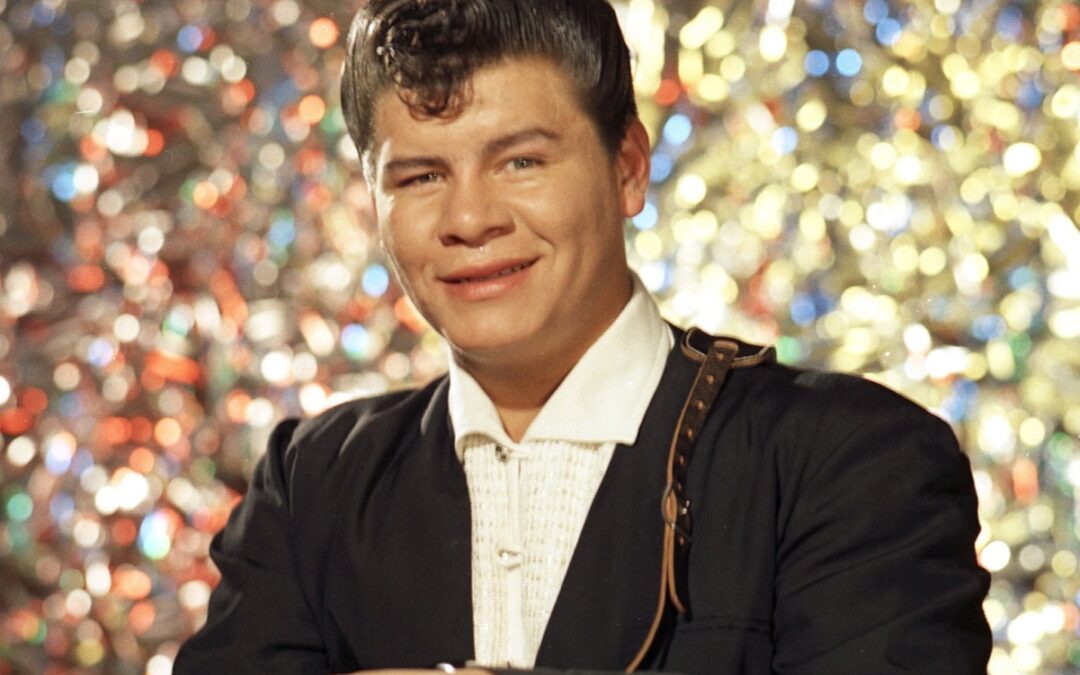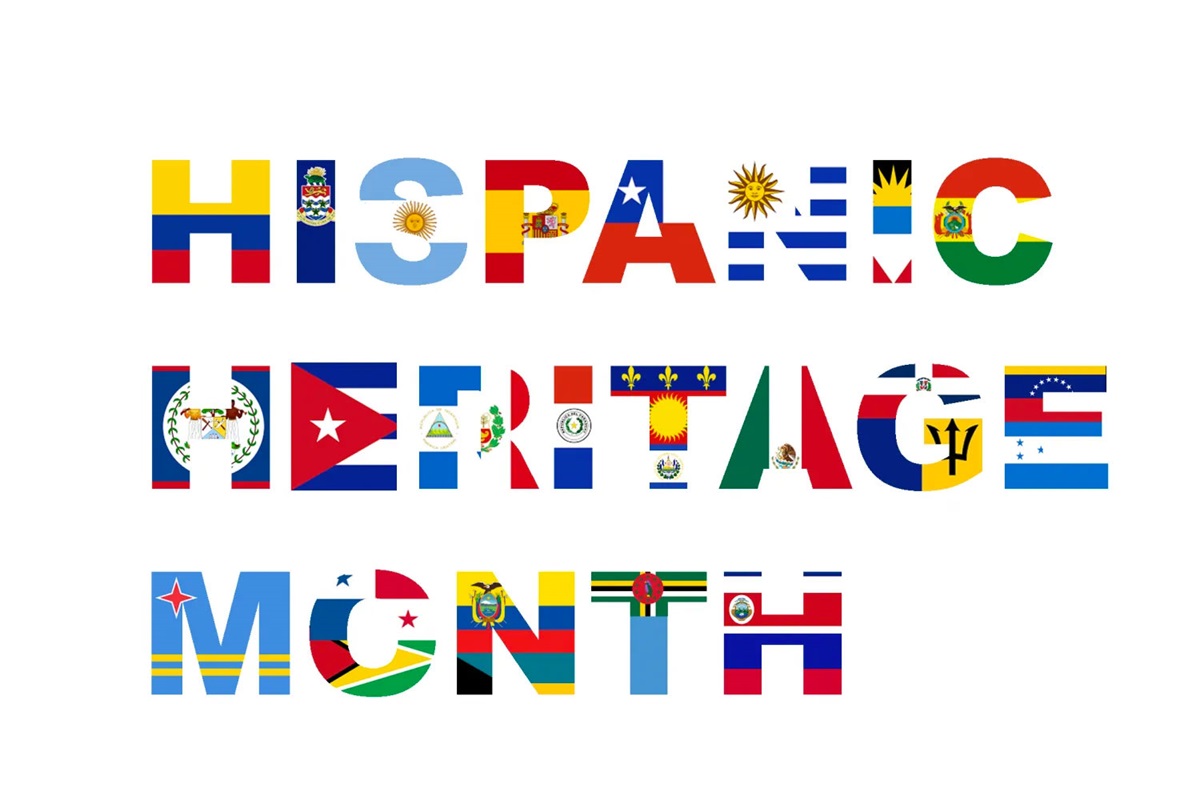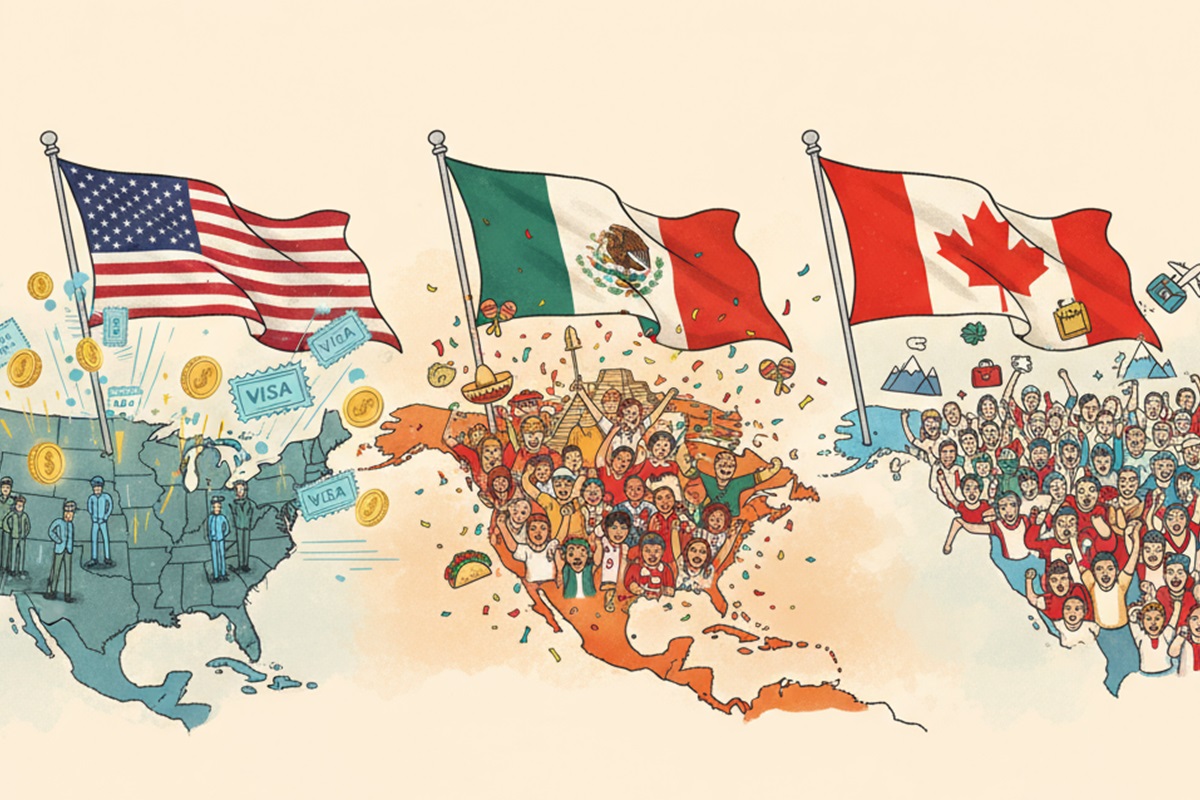The most popular Mexican songs throughout history in the United States are a true reflection of the popular legacy of that country’s music.
The importance of Mexico in the American culture of the twentieth century and the influence that many creators have exerted on its cultural and artistic expansion is quite evident in the music field.
Mexican love songs, as well as children or rock tunes, have marked numerous generations, not only among people of Mexican origin but also Americans, who have found in Mexican music a source of talent and entertainment. Also, if you are interested, here you may find cafe singer jobs.
These are some of the Mexican songs created by native Mexican artists or pulled from their popular repertoire that have been aired on American stations over decades and have sparked greater interest in the powerful culture coming from the southern border.
“Oye cómo va”. Santana

Written in 1963 as a vibrant Latin jazz song by New York mambo legend Tito Puente, Santana took on this song in 1970 and turned it into a phenomenon of the then emerging Latin Rock genre. One of the first Mexican songs in the rock scene.
The Mexican guitarist changed the wind sections of the original for strong guitars and included it in his album “Abraxas”, considered one of the best Latin Rock albums of all time. He reached number 13 on the Billboard Hot 100 Chart.
With “Oye Como Va”, Santana opened the door to the massive success of Latin American music in the United States, bolstered by a plethora of Puerto Rican and Cuban musicians who contributed to creating a unique flavor and a label of their own characterized by virtuosity and extraordinary quality.
Tito Puente understood that Santana’s version was better and that it connected better with the general public, so he had no problems in giving all the credit to the Mexican musician.
“La Bamba”. Ritchie Valens

“La Bamba” is a traditional Mexican song played for weddings in Veracruz. While the first official recording of the song dates back to 1939, it was the 1958 adaptation of Ritchie Valens that forever immortalized “La Bamba” in the history of Rock. Valens’ version, initially recorded as Side B of his first hit “Donna,” became a hit in the Top 40 Chart of the US.
Valens successfully merged the worlds of Latin American music and American Rock into his version, building on a California surfing atmosphere while keeping the Spanish lyrics intact. But it was Los Angeles rockers, “Los Lobos” (the wolves), who elevated this Mexican popular classic to the category of global sensation with the version they recorded for Valens’ biopic released in 1987.
That year, “La Bamba” became the number one song in the United States and the United Kingdom.
“Bésame mucho”. Consuelo Velázquez

“Bésame mucho” has become a jazz standard and one of the most popular and covered love songs in history. Those two words have come from the lips of The Beatles, Diana Krall, Frank Sinatra or Nat King Cole, but it was composed in 1940 by the Mexican Consuelo Velázquez. A heartbreaking and intense bolero that has an undeniable Latin root but over the years has become the heritage of all musical styles and cultures. It has reached the category of classic.
Some of the Latin music artists who have performed this memorable song include megastars such as Julio Iglesias, Luis Miguel, Plácido Domingo, Caetano Veloso, and Dámaso Pérez Prado.
“Querida”. Juan Gabriel

“Querida” (darling), probably the most popular song of one of the most important Mexican artists of all time, was at the peak of the musical career of this artist born in Parácuaro.
Juan Gabriel masterfully fused Sinatra-style orchestral pop with a rhythm that is reminiscent of the Beatles, which constituted a dramatic cry of despair. The repeated cry or lament “dime cuándo tú vas a volver” (“tell me when you will return”) added a level of ecstasy to the entire melodramatic atmosphere of the song that makes it unique.
As Rolling Stone magazine explained, “Querida” was “Mexico’s response to Prince, Elvis and even Elton John, and “Querida” showed the world that Juan Gabriel was in a category of his own.
“La Jaula de Oro”. Los Tigres del Norte

Los Tigres del Norte (the Nothern Tigers) is the most famous northern band, specializing in the chronicles of brave heroes and ruthless antiheroes. At the heart of “La Jaula de Oro” (the Golden Cage), however, there are feelings of fear.
Fear that the children of the lead singer have abandoned the heritage of their father’s native Mexico out of shame. Fear that he has become a slave of money. Concern even about leaving his house for fear of being deported at any time. It is a cry about roots and uprooting; it is a border song.
Related article: Latin music and the keys to its success in the Anglo-Saxon world
“La incondicional”. Luis Miguel

Luis Miguel, as everyone has seen through the popular Netflix series about his life, was a child prodigy who triumphed early on and had to deal with a childhood full of trauma. He became the crooner, the best singer of love songs in the late eighties throughout Latin America and the United States. A new version of Julio Iglesias.
Luis Miguel resurrected the Latin American ballad with the song “La Incondicional” (the Unconditional) and reclaimed the spirit of singers of the seventies, such as José José and Camilo Sesto. With him, Mexican songs had acquired a new air.
“Dr. Psiquiatra”. Gloria Trevi

The pop-shock bomb Gloria Trevi was a true “Rebel Girl” after her controversial television debut with “Dr. Psiquiatra” in the Mexican variety show “Siempre en Domingo”. The song, which turned Trevi into a daring and controversial superstar, as well as her single “Pelo Suelto” (Loose Hair), heralded the arrival of a different type of Mexican pop star.
She was a sort of wild and Latin Madonna, blunt but absolutely charming. She broke through at a time when female singers were expected to be sweeter, like Lucerito or Daniela Romo.
“Como la Flor”. Selena

Before Selena Quintanilla-Pérez revolutionized the bodice and became the patroness of Texans, she and her family of Jehovah Witnesses toured restaurants and fairs in the county with the band “Los Dinos.”
The band’s first taste of international success came with “Como La Flor”, a Texan song mixed with Cumbia, which was part of their third studio album, “Entre a mi Mundo”, which reached number one on Billboard’s Regional Mexican albums chart and 97 on the U.S. Billboard 200 Chart.
The band’s great success not only conquered the Mexican public, but also placed Selena as a worthy competitor in the male-dominated Texan market. In the album notes, Selena’s older brother, bassist A.B. Quintanilla said he wrote “Como la Flor” (Like the Flower) in a motel in Bryan, Texas, after seeing young children “trying to feed their families” by selling plastic roses at a nightclub.
Her best rendition of the song would be Selena’s last: a performance at Houston’s historic Astrodome show in 1995, just before she was murdered by the president of her fan club, Yolanda Saldivar. S.E.
“Oye Mi Amor”. Mana

The third studio album by the Mexican band, “¿Dónde jugarán los niños? (Where will the children play), Published in 1992, completely captured the sound and vibrant energy of the Spanish rock explosion that was taking place at the time, and helped catapult the movement into the global scene.
“Oye mi Amor” (Hey, My Love), the most popular song on the album, consolidated the characteristic sound of the group: the guitar riffs emerged from the new wave and reggae bands of the eighties, dance melodies and recognizable beats.
The brilliant use in the song of a traditional pan flute fused the popular roots of Maná within a modern rock framework, a movement that would resonate with millions of young Latin American fans around the world and guarantee the band’s lasting legacy for generations to come.








Trackbacks/Pingbacks